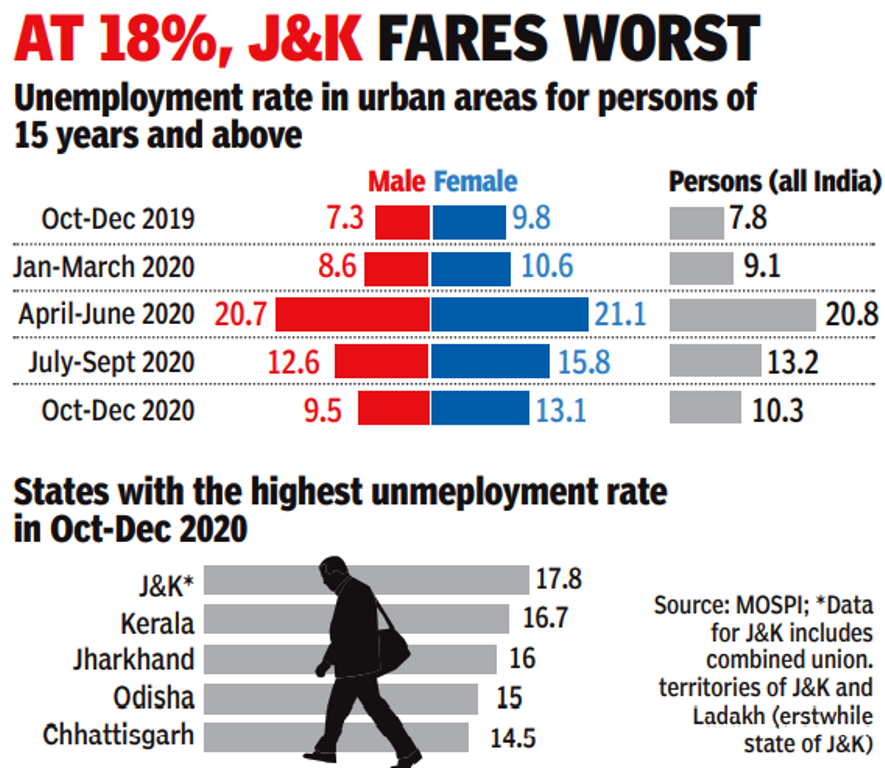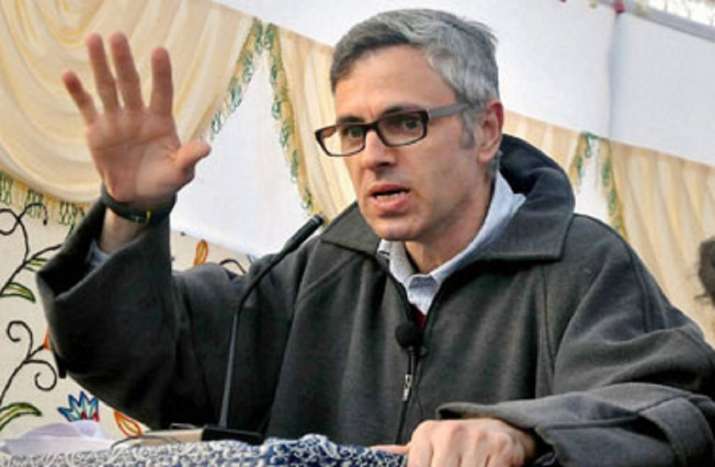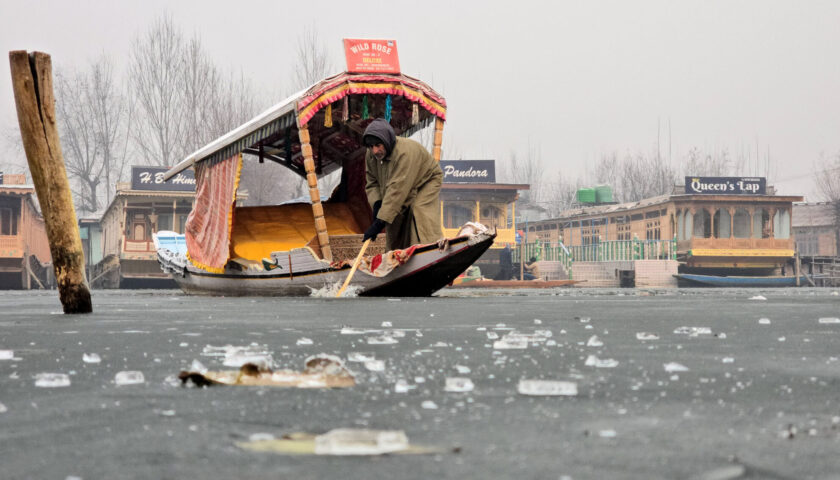The unemployment rate in Jammu and Kashmir, on a steady rise, stands at a staggering 18.3 per cent, the Ministry of Home Affairs (MHA) informed Rajya Sabha today. The national average, interestingly, stands at around eight per cent now.
The estimates for the unemployment rate specifically among the educated are not available for the period between April and June 2021. “However, according to a survey conducted between July 2020 and June 2021, the estimate of the unemployment rate among the people of Jammu and Kashmir in the age group of 15-29 years was 18.3 per cent,” the Minister of State for Home Affairs, Nityanand Rai, told the Upper House.
The government in J&K has introduced several initiatives to bring down unemployment, implementing various self-employment schemes through different departments, and providing subsidized loans for the establishment of sustainable income generation units, the minister said.
“Several self-employment schemes like Mission Youth, Rural Livelihood Mission, Himayat, PMEGP, Avsar, Tejaswani are being implemented to provide employment opportunities,” Mr Rai said.
The MHA also informed the parliament that the government in the Union Territory has carried out several governance reforms, particularly in the area of recruitment to the government.
“After the abrogation of Article 370, a large-scale recruitment drive was carried out and the government of Jammu and Kashmir filled 29,295 vacancies. Recruiting agencies advertised 7,924 vacancies and examinations with respect to 2,504 were conducted,” the written reply tabled in parliament said, adding that the identification of vacancies in the government and recruitment is a continuous and ongoing process. The same was taken up under the Accelerated Recruitment Drive.
Speaking about the upward trend of unemployment in the UT, a senior bureaucrat explained: “The unemployment crisis in Jammu and Kashmir is largely due to the retrenchment of employees, mergers of government departments, and slacked recruitment process.”
The crisis, fuelled by multifarious reasons, cannot be seen in isolation, he said, adding that, “Political instability, safety issues, and lack of educational and industrial infrastructure have had its effects, especially in the Kashmir region.”




